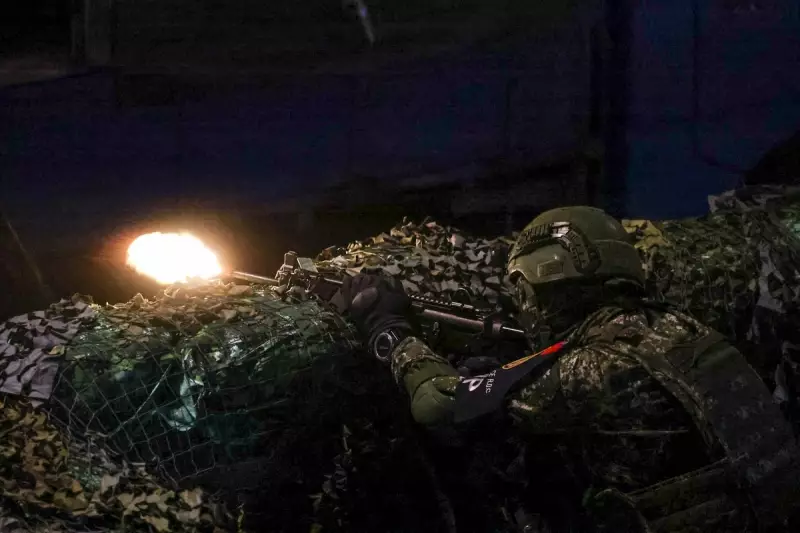
In a dramatic escalation of technological warfare capabilities, Taiwan is rapidly developing sophisticated 'kamikaze' drones designed to create an impenetrable defensive shield against potential Chinese invasion forces. This strategic shift represents one of the most significant developments in cross-strait military posturing in decades.
The Drone Defence Revolution
Military analysts are closely watching Taiwan's accelerated drone programme, which focuses on creating unmanned aerial vehicles (UAVs) capable of swarming and disabling much larger naval vessels. These developments come amid increasing concerns about Beijing's territorial ambitions and frequent incursions into Taiwan's air defence identification zone.
The asymmetric warfare strategy represents a fundamental rethink of Taiwan's defence doctrine. Rather than matching China's conventional military might ship-for-ship or plane-for-plane, Taipei is investing in cheaper, more numerous drone technologies that could overwhelm invading forces through sheer numbers and coordinated attacks.
Technical Capabilities and Strategic Implications
Recent demonstrations have revealed drones with impressive capabilities:
- Long-range operational capacity extending across the Taiwan Strait
- Precision targeting systems for critical naval components
- Swarm technology allowing coordinated group attacks
- Stealth features to evade detection systems
"What we're witnessing is a fundamental reimagining of coastal defence," explains Dr. Li Wei, a defence analyst at the National Institute for Strategic Studies. "These drone systems could potentially neutralise China's numerical advantage in traditional military assets."
Regional Security Dynamics
The drone programme has significant implications for the broader Asia-Pacific region. Neighbouring countries facing similar security concerns are closely monitoring Taiwan's progress, with several nations considering similar defensive strategies.
International response has been mixed, with some Western powers quietly supporting Taiwan's defensive enhancements while urging caution to avoid escalating tensions further. The United States has been particularly engaged, providing technical assistance while navigating delicate diplomatic waters.
Expert Analysis: Game Changer or Temporary Advantage?
Military strategists debate whether drone technology represents a lasting defensive advantage or merely a temporary edge that China will quickly match. Most agree that while drones change the immediate calculus, both sides are engaged in a continuous technological arms race.
As one retired admiral noted: "The question isn't whether China can develop counter-drone technology—they certainly can. The real question is whether Taiwan can maintain its innovation lead while developing layered defensive systems."
The coming months will be critical as Taiwan continues testing and deployment, while China undoubtedly develops countermeasures. What remains clear is that the Taiwan Strait has become the world's most active laboratory for next-generation naval warfare technology.





